“Hello, there! Welcome to the world of Pokemon!” Those immortal words from Professor Oak greet each new Pokemon player as he or she starts a new story. You might not realize it, but many areas in the Pokemon world are designed off of real-life locations. The following list is just some of the most notable examples of real-world influence in the twenty-one years of Pokemon.
1. Celadon City and Saffron City – Tokyo
The first four in-game regions are all based off of different parts of Japan. The Kanto region is based on the real-world region of the same name, which includes the Tokyo metropolis. Tokyo is so big, the developers had to put in two whole cities in Pokemon: Red & Blue to cover it. Celadon City represents Tokyo’s commercial district – the famous downtown area – while Saffron is the business district.
2. The Unova Region – New York City
In "Pokemon: Black & White," the devs did something different: created a region based on somewhere outside of Japan. The Unova region of Generation V is based on the New York metro. There are many examples of American urban culture in the game, such as the b-boy dancers that can be battled early in the game.
3. Ecruteak City – Kyoto
If the Kanto Region of the Generation I games is characterized by the urban sprawl of Tokyo, the Johto Region of Generation II is the complete opposite. Johto is based off of the Kansai Region, the heart of Old Japan.
The architecture of Ecruteak City is quite traditional in nature. The old city boasts two major temples, just like the numerous temples of Kyoto. One is nothing but rubble – a direct reference to Kinkaku-ji, a temple that was set ablaze by a disgruntled monk in 1950. When it was rebuilt, a statue of a Ho-ou, the mythical Japanese Phoenix, was placed at the top as a symbol of rising from the ashes. The Legendary Pokemon Ho-Oh is based off of that creature, and is associated with the Burnt Tower.
The other tower still stands tall in both game and Kyoto. The Bell Tower represents the Ginkaku-ji, the Silver Pavilion. Atop the temple is a statue of a bird. The Legendary Pokemon Lugia is based off of this bird.
4. Lumiose City – Paris
Do I really need to explain how Lumiose City and the rest of the Kalos Region of Pokemon: X & Y is based off of Paris and the rest of France?
5. Mt. Silver - Mt. Fuji
Mt. Silver is based off of Mt. Fuji (or Fujiyama or by Japanese speakers, Fuji-san), an active stratovolcano that last erupted in 1707 and is the tallest mountain in Japan. In Pokemon: Gold & Silver and its remakes, Mt. Silver represents the (optional) final challenge: climb to the top of the mountain and defeat Red, the hero of the original games.




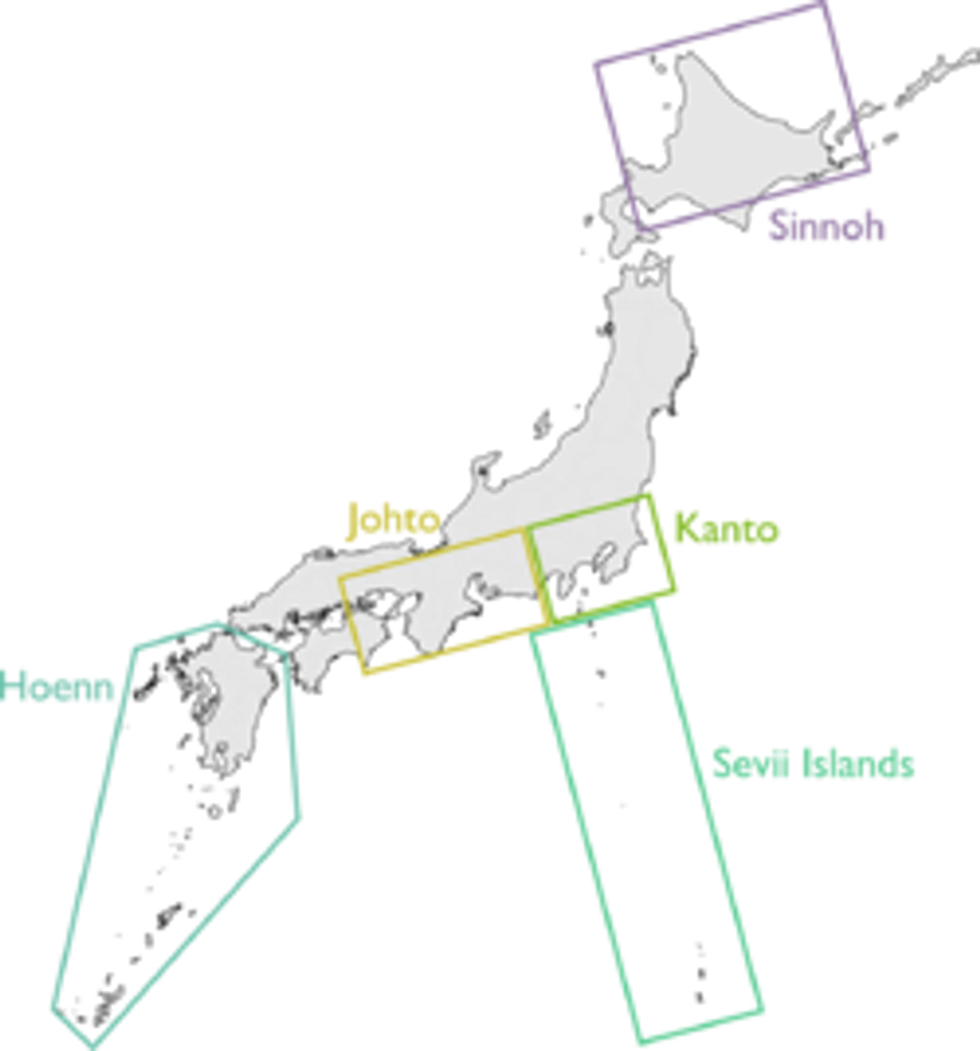
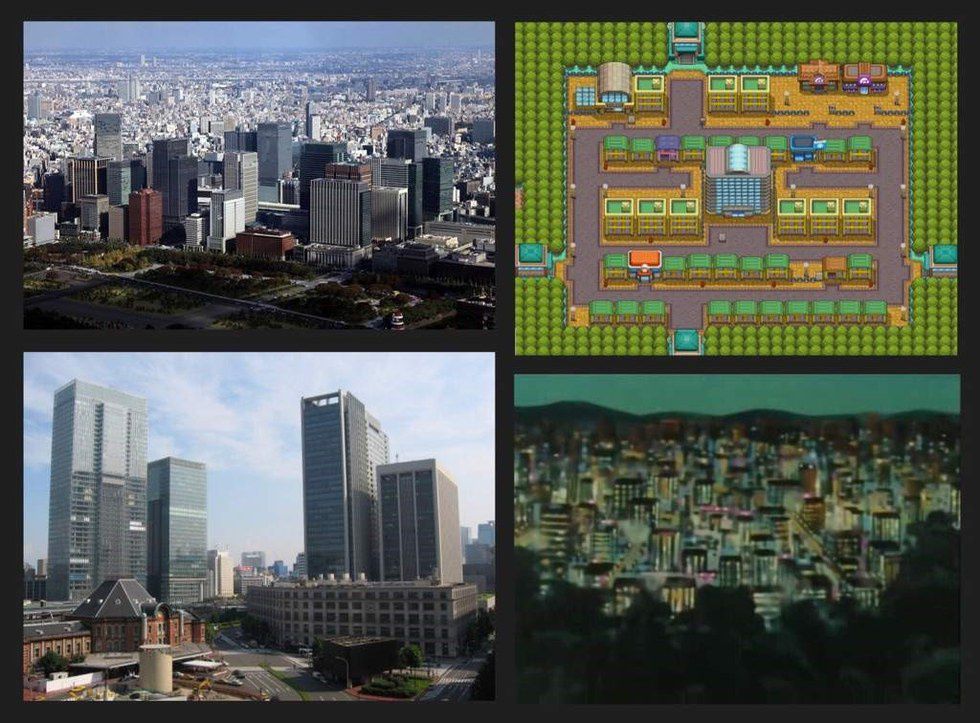
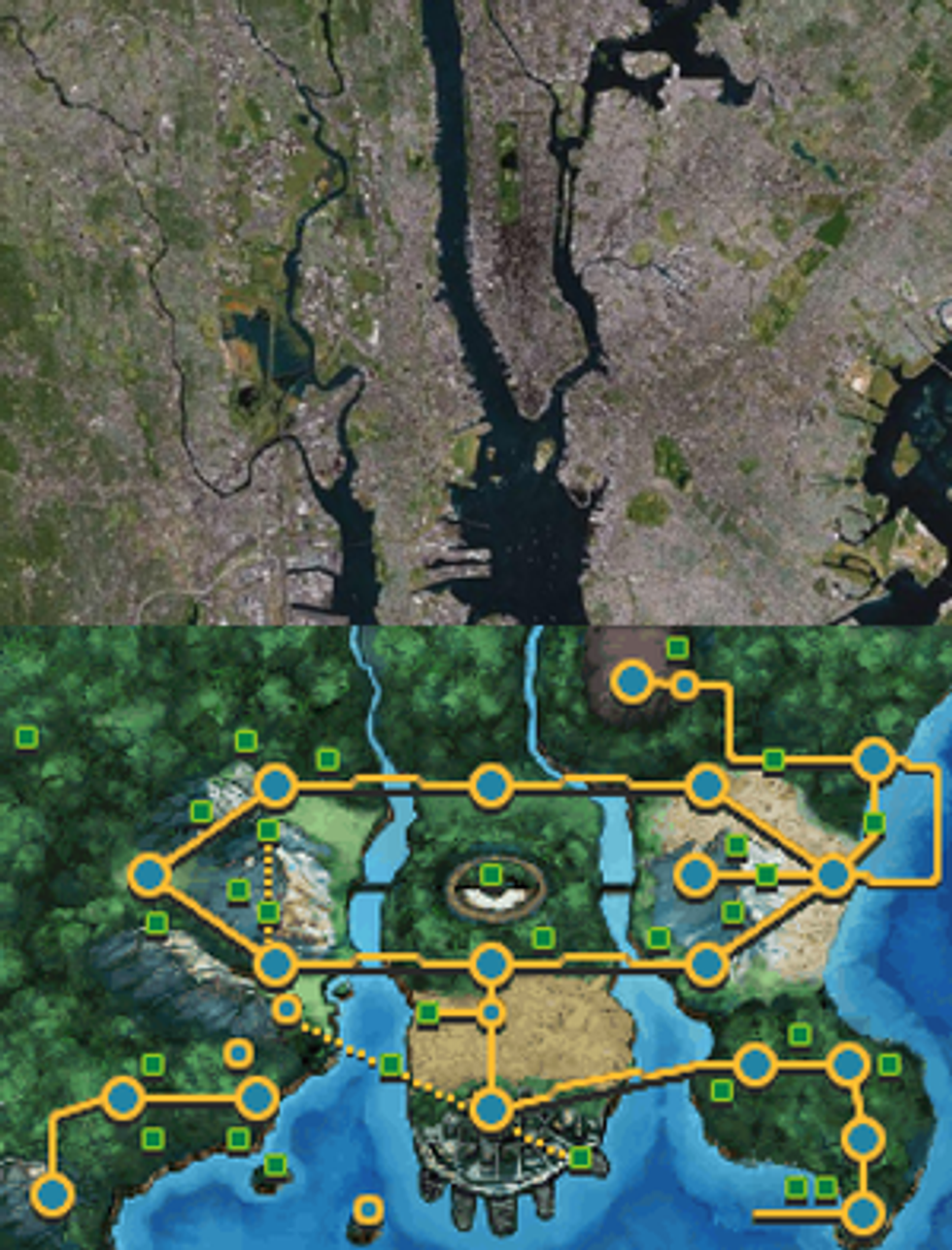
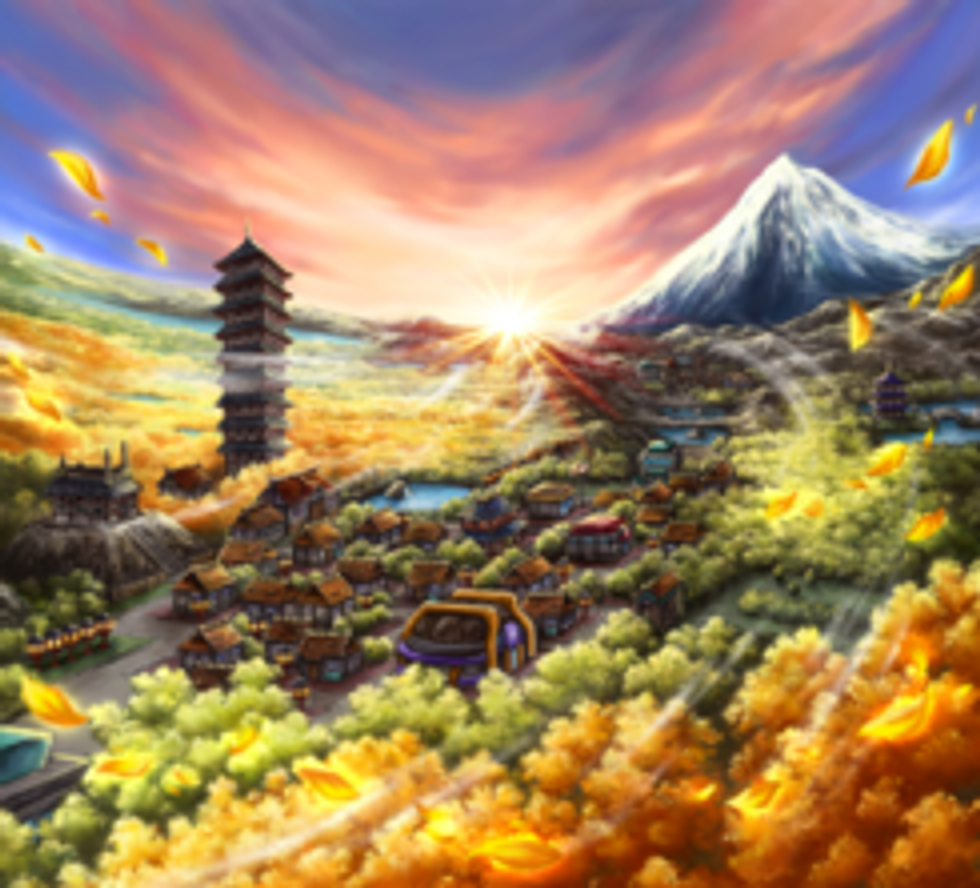
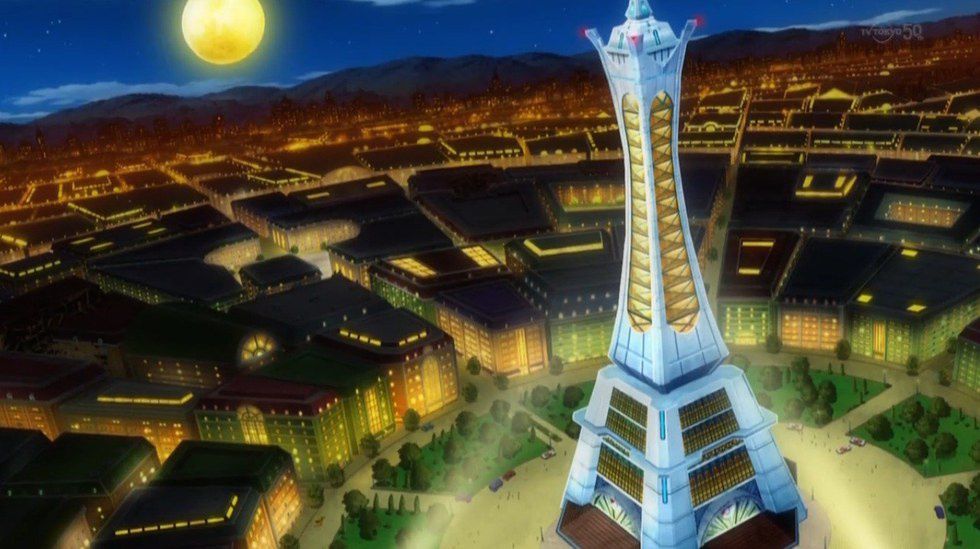




 Energetic dance performance under the spotlight.
Energetic dance performance under the spotlight. Taylor Swift in a purple coat, captivating the crowd on stage.
Taylor Swift in a purple coat, captivating the crowd on stage. Taylor Swift shines on stage in a sparkling outfit and boots.
Taylor Swift shines on stage in a sparkling outfit and boots. Taylor Swift and Phoebe Bridgers sharing a joyful duet on stage.
Taylor Swift and Phoebe Bridgers sharing a joyful duet on stage.













